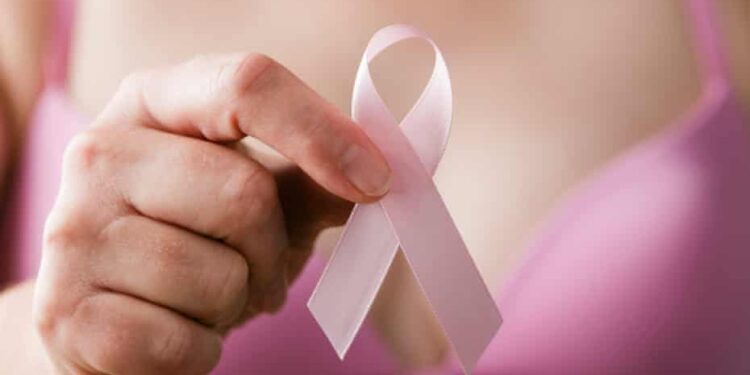A new report from the American Cancer Society (ACS) finds that breast cancer deaths have dropped dramatically since 1989, averting more than 517,900 probable deaths.
However, the report also reveals younger women are increasingly diagnosed with the disease, a worrying finding that mirrors a rise in colorectal and pancreatic cancers.
“The numbers are not dramatically different, but the steepest increase is really among women younger than 50,” between 2012 and 2021, said Dr William Dahut, chief scientific officer for ACS.
Breast cancer is the most common cancer in American women after skin cancer, and remains a disease of ageing. An estimated 310,720 new cases of invasive breast cancer will be diagnosed in women in 2024, and more than 42,000 women are expected to die from the disease. Although rare, men can also be diagnosed with breast cancer; an estimated 2,790 are expected to be diagnosed and 530 will die.
The majority of diagnoses and deaths occur in people older than 50, and more than half of all deaths are expected in women older than 70, the report found. The rise in early onset cancers is nevertheless an area of urgent research.
“The reasons for this increase remain unknown,” a group of researchers from Harvard, Washington University and Japan recently wrote in the journal Nature.
“But plausible hypotheses include greater exposure to potential risk factors, such as a western-style diet, obesity, physical inactivity and antibiotic use, especially during the early prenatal to adolescent periods of life.”
Dahut echoed the hypothesis that early onset cancers could be related to obesity, and said there was a growing consensus that obesity could lead to cancer more quickly than other known risk factors, such as smoking.
At the same time, Dahut expressed hope about new GLP-1 weight loss drugs: “If we can come up with a way to decrease obesity in this county, whether that’s largely nutrition based, a combination of nutrition and therapeutics, that will lead to less cancer.”
The ACS report also highlighted continued cancer disparities between Americans. Mortality rates for Native American and Alaskan Native women have barely budged in three decades, even as breast cancer survival rates have improved for Americans on the whole. Black women also continue to have higher rates of mortality than white peers. Breast cancer is the leading cause of cancer death for Hispanic women.
Asian American and Pacific Islanders experienced higher incidence increases in the last decade, rising between 2.5-2.7% a year, as have younger white women, rising 1.4% a year for those younger than 50.
ACS releases a report on breast cancer every other year ahead of breast cancer awareness month in October. The report combines data from the National Cancer Institute (NCI) and the Centers for Disease Control and Prevention (CDC).
Those two federal centers for research house the Surveillance, Epidemiology and End Results program, or Seer program (under NCI), where population-based cancer incidence and mortality data is the focus, and the National Program of Cancer Registries (under CDC), where short-term incidence trends by race, ethnicity, age, state, and cancer stage and molecular subtype are derived. The organization also published its findings in CA: A Cancer Journal for Clinicians, ACS’s peer-reviewed journal.
Credit: The Guardian













































